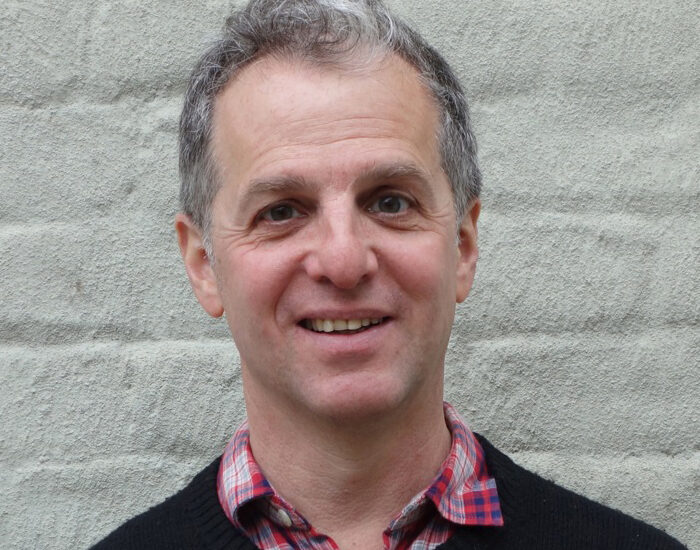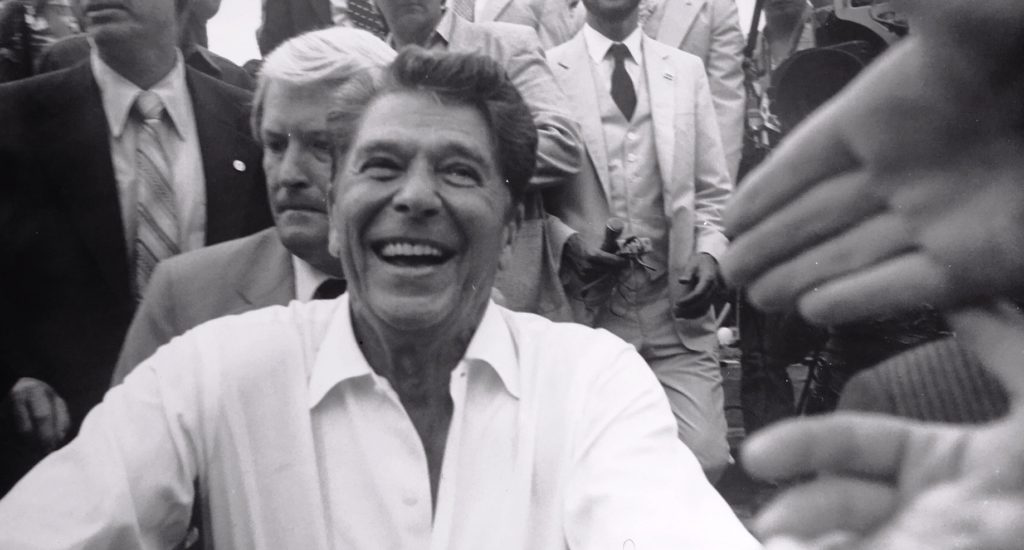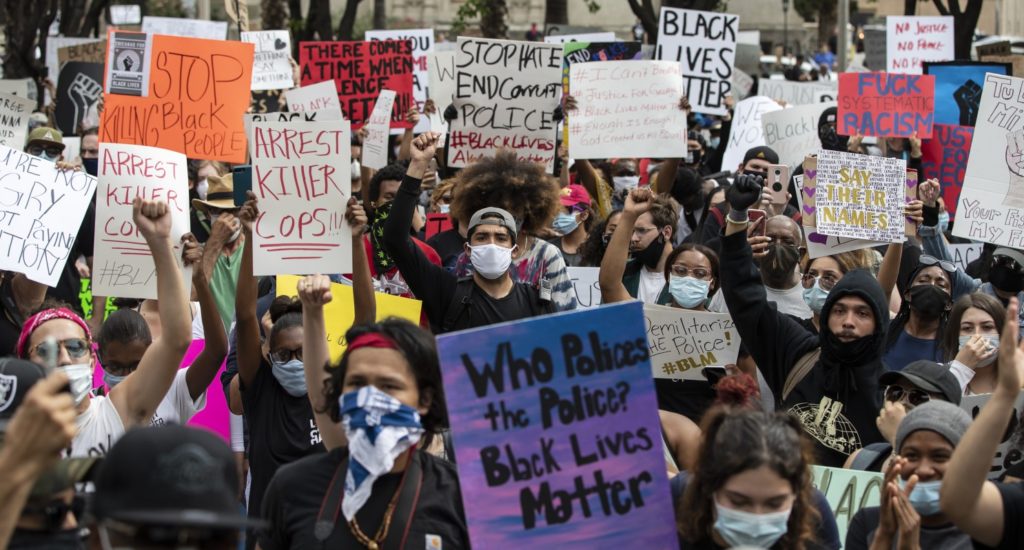


Trump’s Portland Clampdown Exposes Republican Hypocrisy on ‘State’s Rights’
The libertarian party embraces the heavy hand of federal intervention.

Trump’s Juneteenth Tulsa Trip Smacks of Reagan’s 1980 Campaign Visit to Rural Mississippi
The Republican president embraces his predecessor’s race-baiting legacy.

This Stunning New Youth Movement for Social Change
This isn’t your parent’s mass movement.

After George Floyd and Jacob Blake, America’s Police Still Need a Lesson in the First Amendment
It’s time for a civics lesson.

How the Koch Brothers’ ‘Libre Initiative’ Entices Latino Voters
The ‘Libre Initiative’ is one of the Kochs’ many political action groups dedicated to advancing “economic freedom.”

Harvey Weinstein Shows How Hard It Is to Call Out Powerful Men
Harvey Weinstein’s sexual exploits were well known, but confronting powerful people in Hollywood or other industries has long meant risking a job or personal prestige.

Firebombing Rattles Latino Immigrants on New York’s Long Island
Central Long Island has seen an influx of Latino immigrants, lured by steady work in landscaping and construction.

Will Republican Plans to Lower the Corporate Tax Rate Bring Billions Back to the U.S.?
U.S. companies would supposedly repatriate billions of dollars back into the country, boosting the national economy.

Mexican Journalists Shaken After Murder of Publisher Who Reported on Drug Cartels
The Tijuana weekly Zeta vows to continue to report on how drug trafficking is remaking Mexican society.

In Florida, Puerto Rico’s Economic Pain Could Be Democrats’ Electoral Gain
Puerto Ricans are leaving the island’s financial crisis for Florida, where they can vote in presidential elections.

Is Ted Cruz Right that Immigration Drives Down Wages?
Studies from conservative and liberal think tanks say immigration’s effect on wages tends to be very small, and on average, modestly positive.

Mexico Criticized for Treatment of Central American Refugees
Central American immigrants find passing through Mexico as dangerous as crossing the U.S. border.

Suburbia in Decline as Young People Struggle to Find Affordable Housing
In Long Island, New York, the birthplace of suburbia, the population fell 10% in 10 years.

Why Donald Trump Can Keep Using Queen’s ‘We Are The Champions’
Trump and the Republican Party take advantage of the blurriness of media law, much the the chagrin of Queen and Jackson Brown.

How Trump’s Targeting of High-Tech Immigrants Damages the Economy
An executive order would make it more difficult for U.S. companies to recruit skilled immigrants.

Where the #NeverTrump Campaign Went Wrong
Advertisements from conservatives opposing Trump may hurt the Republican presidential candidate’s ego but they have yet to sway voters.

Wall Street Journal Editor: If Trump Is Caught in Scandal, Public Would Believe Us
Editor-in-chief Gerard Baker defends his newspaper’s coverage of President Trump.

Amazon’s ‘Manchester’ Success Is Forcing Hollywood to Change
Amazon is making some big studios, and theater owners, very uncomfortable.

Squatters’ Movement Surges in Barcelona
Juan Carlos Padilla lives in an apartment building with crumbling walls, exposed electricalRead More

Cuban Video Game Creator Seeks to Be First in Post-Fidel World
Josuhe Pagliery will spend a month in New York at Grand Central Tech building his video game company.

Zell Takes Over Tribune, Closing $8.2 Billion Buyout
Billionaire investor Sam Zell completed the $8.2 billion buyout of Tribune Co., endingRead More

AFL-CIO, Wary of Koch Money, Presses Tribune Not to Sell its Newspapers
The labor federation warns Tribune against selling the Chicago Tribune and Los Angeles Times to the Koch brothers.

Rockaway’s Wave Seeks to Rebuild a Neighborhood, and a Newspaper
Six weeks after Hurricane Sandy tore through the Rockaways, pouring five feet ofRead More

Brooklyn’s Hipster Bike Race ‘It’s Not About the Money’
Red Hook Crit has become a can’t-miss event for devotees of fixed-gear cycling.